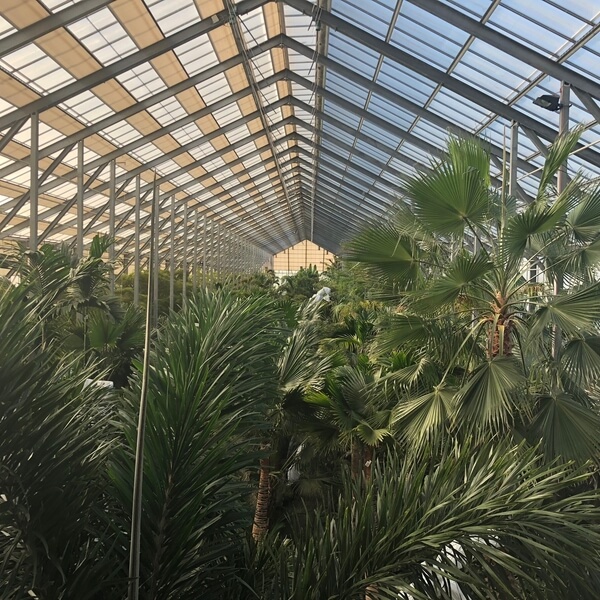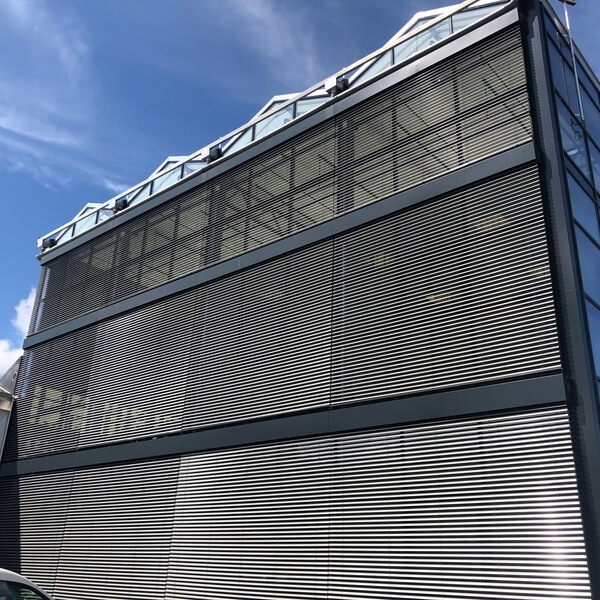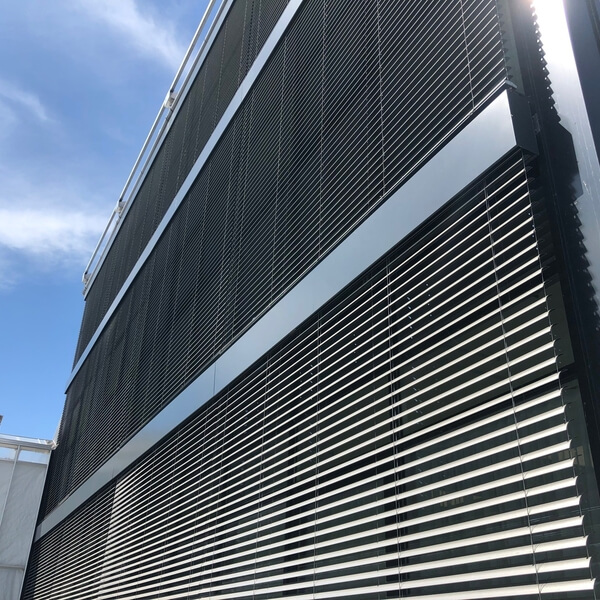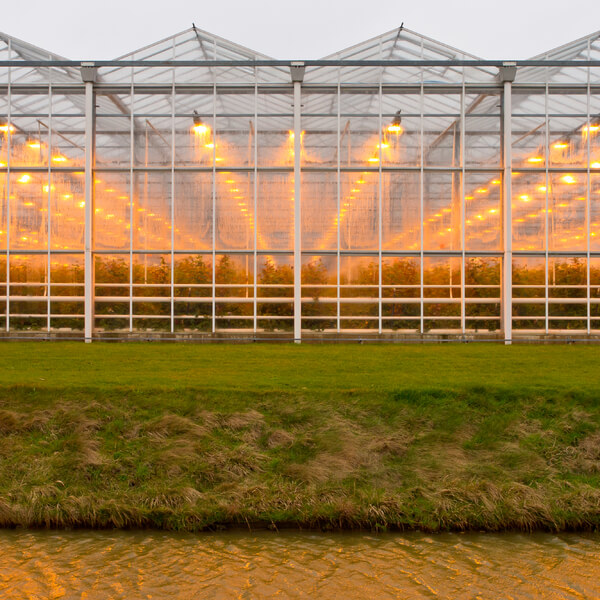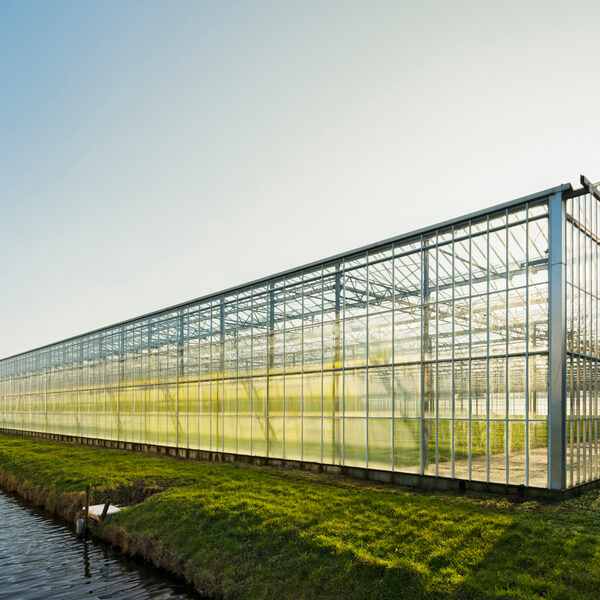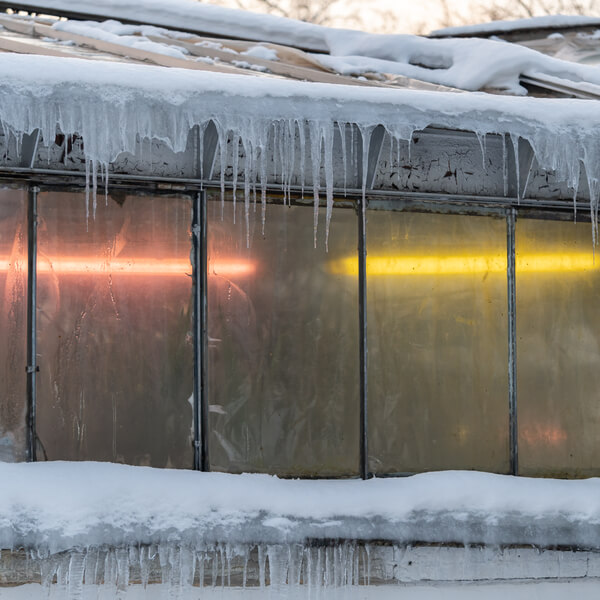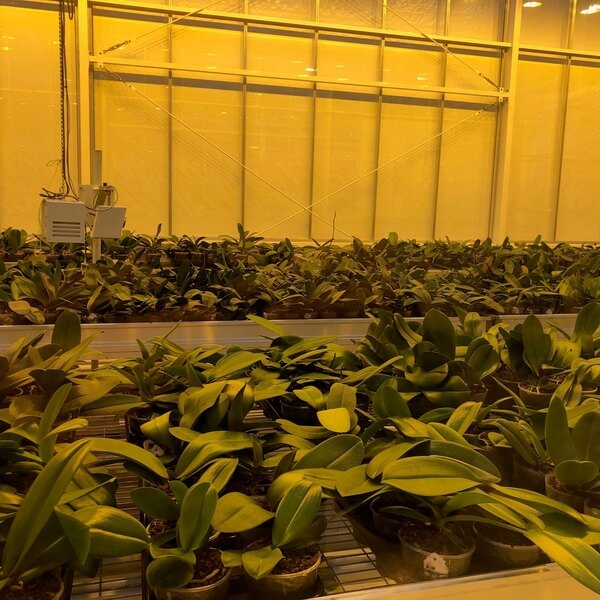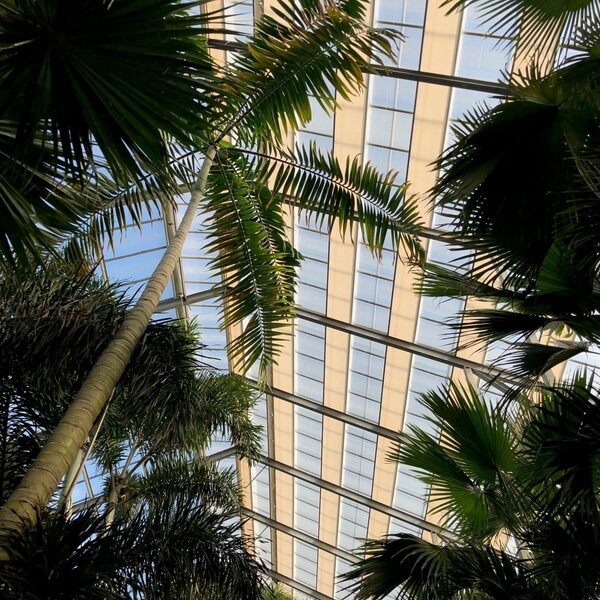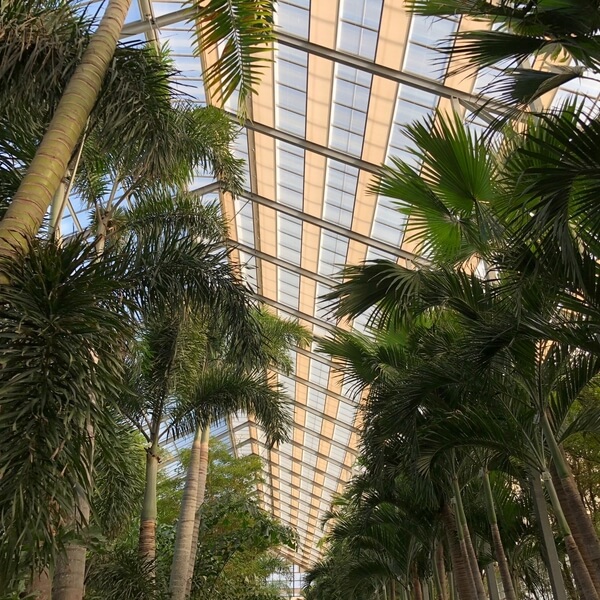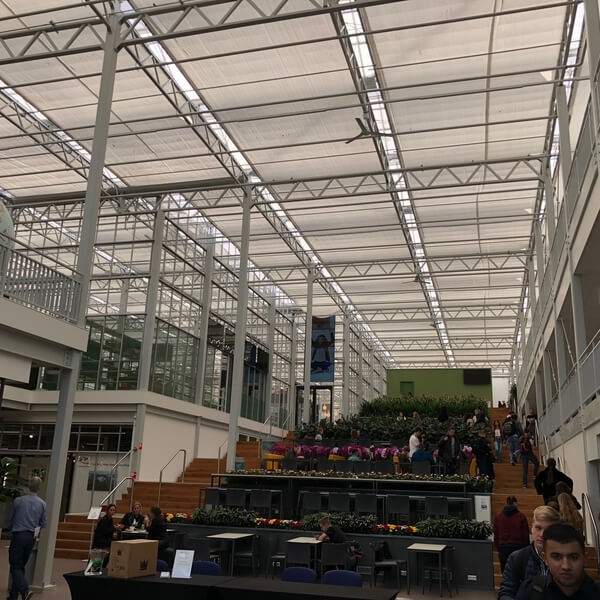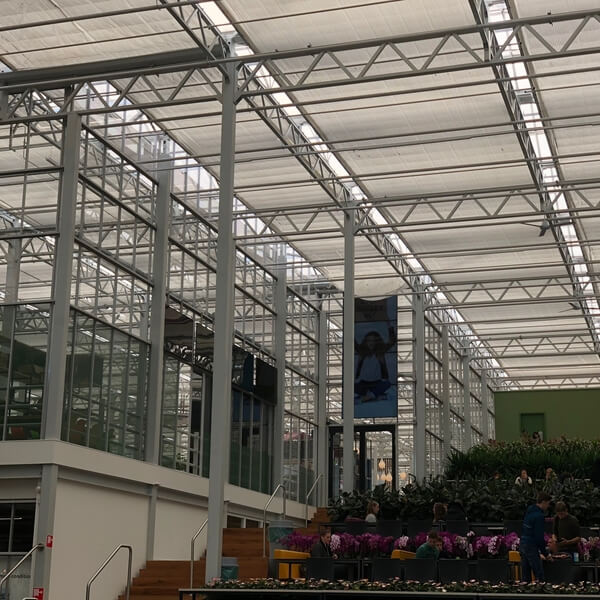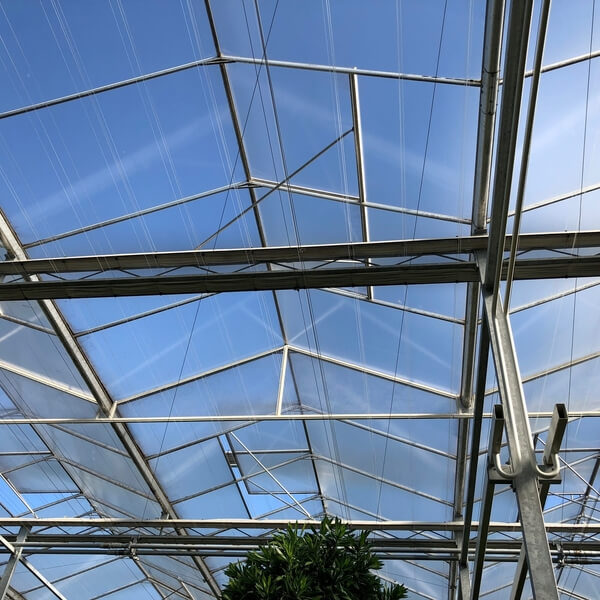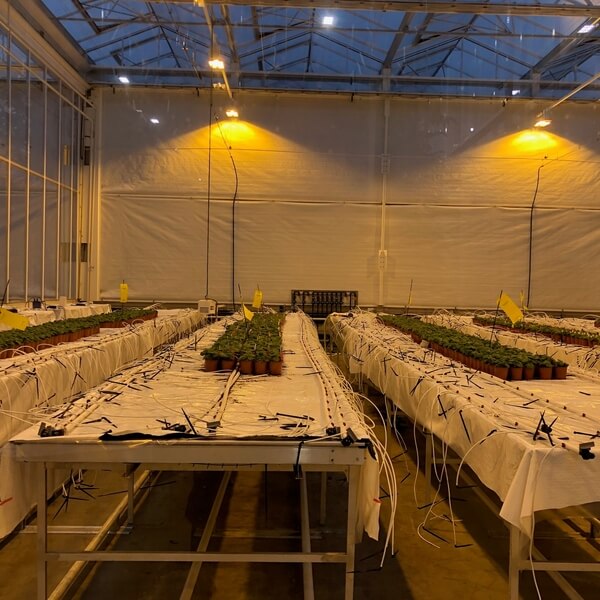Shading and cooling greenhouse
Shading and cooling greenhouse
Greenhouses are used all over the world to grow plants, flowers, and vegetables. They provide a controlled environment for crops to grow by regulating temperature, humidity, and light. One of the key challenges of greenhouse cultivation is managing temperature, which can affect the growth and yield of plants. Shading and cooling are two important techniques that greenhouse growers use to regulate temperature. In this article, we will discuss shading and cooling techniques in a greenhouse, different types of shading materials, and how shading can be used to block heat and keep heat in, while also being sustainable.

Shading in a greenhouse is the process of reducing the amount of light that enters the structure. This can be accomplished in a number of ways, including using shade cloths or films, adding trees or other plants around the greenhouse, or by using a greenhouse glazing material that reduces the amount of light transmission. The goal of shading is to create a more stable and consistent environment for plants to grow, by blocking excess light that can cause heat buildup and damage to the crops.
There are several types of shading materials that can be used in a greenhouse, each with their own unique properties and benefits. Shade cloths are one of the most common types of shading materials, and they come in a variety of colors and densities. Shade cloths are typically made from a woven material, such as polypropylene, and are designed to block a specific percentage of light. The density of a shade cloth is determined by the percentage of light transmission that it allows. For example, a 50% shade cloth will block half of the incoming light, while a 70% shade cloth will block 70% of the light.

Another type of shading material is greenhouse film, which is typically made from a polyethylene material that has been treated with a UV inhibitor to prevent degradation from sunlight exposure. Greenhouse films are available in a range of colors and densities, and can be applied to the exterior of the greenhouse or to the interior. Greenhouse films are easy to install and can be removed when no longer needed.
A third type of shading material is a shade paint, which is applied directly to the greenhouse glazing. Shade paints are typically made from a water-soluble polymer that is mixed with a pigment to create a specific shade. Shade paints can be applied to the exterior or interior of the greenhouse, and they can be removed with soap and water when no longer needed.
In addition to shading, cooling is also an important technique for managing temperature in a greenhouse. Cooling can be achieved in several ways, including natural ventilation, evaporative cooling, and mechanical cooling. Natural ventilation involves opening vents or windows to allow hot air to escape and cool air to enter. Evaporative cooling uses water to cool the air, either by misting or by running water over a porous material that allows the water to evaporate and cool the air. Mechanical cooling involves using fans, air conditioners, or other equipment to actively cool the air. For outdoor shaing of offices these systems can be used.

Blocking light from going out of the greenhouse is another important aspect of shading. This can be achieved by using a shade cloth, greenhouse film, or shade paint to reduce the amount of light that escapes through the glazing. The amount of light that escapes through the glazing can have a significant impact on the temperature inside the greenhouse, so it is important to choose a shading material that is effective at blocking light.

Shading can also be used to block heat from entering the greenhouse. This is particularly important in hot climates, where excessive heat can damage crops and reduce yields. Shading can be achieved by using a shade cloth, greenhouse film, or shade paint to block a percentage of the incoming light. The amount of shading required will depend on the climate and the crops being grown.
Shading can also be used to keep heat in the greenhouse during colder periods.

